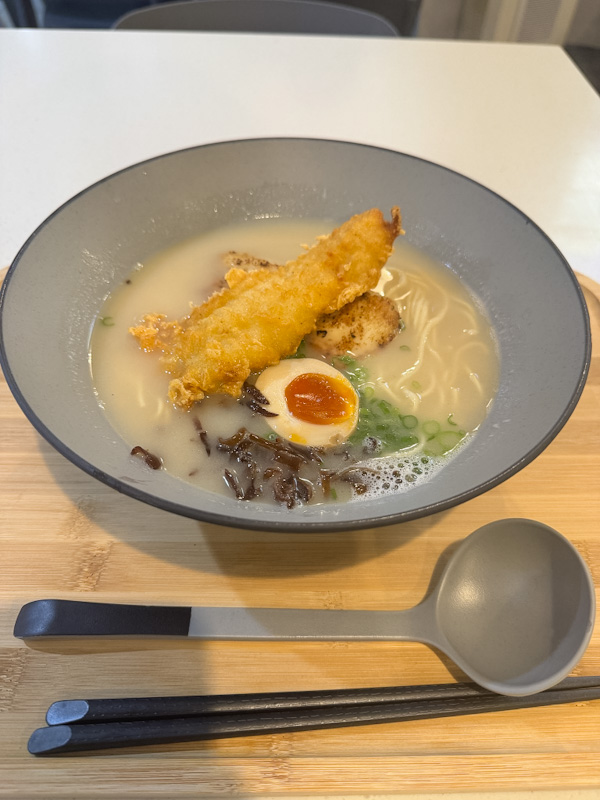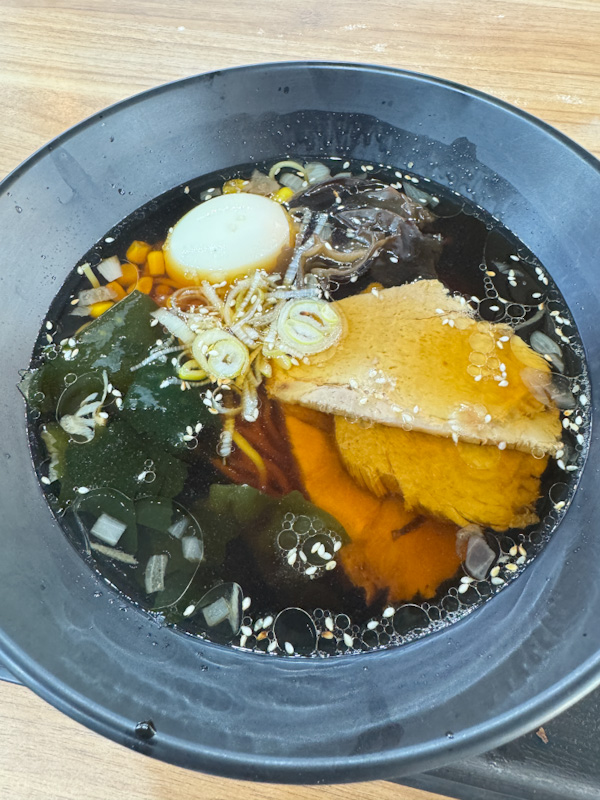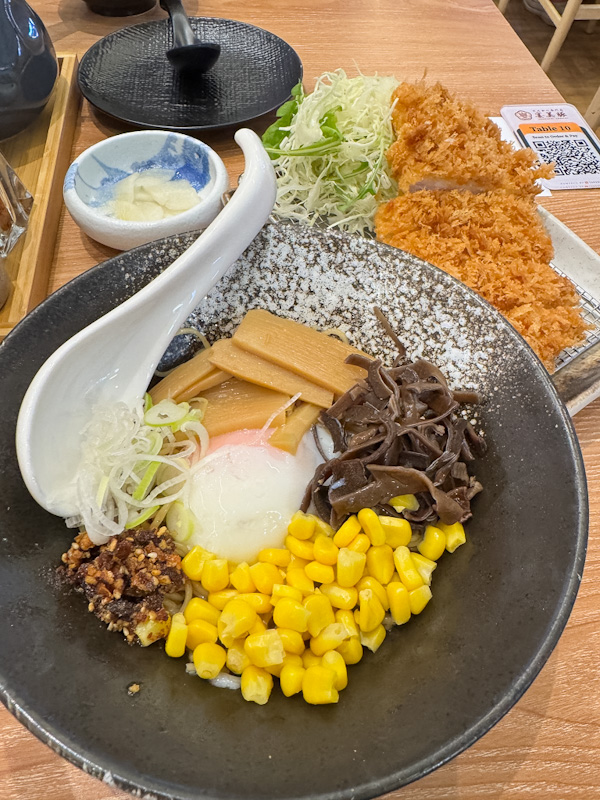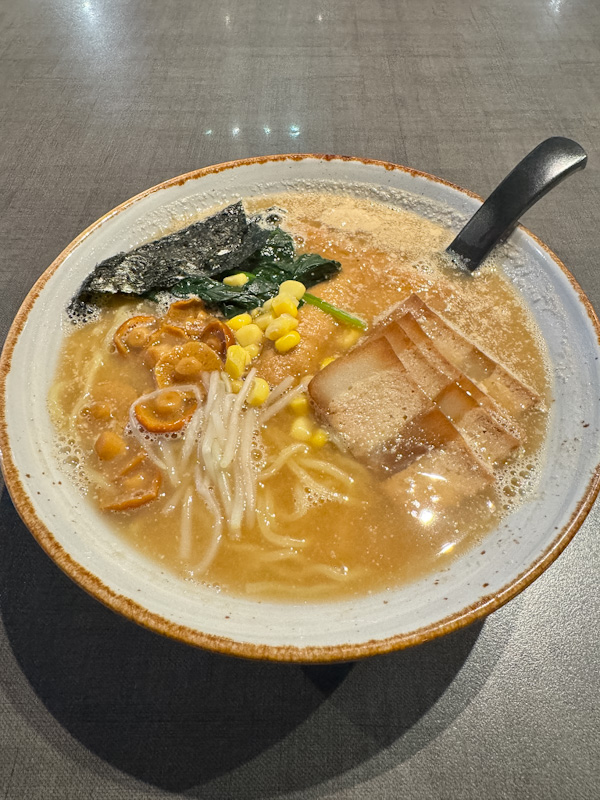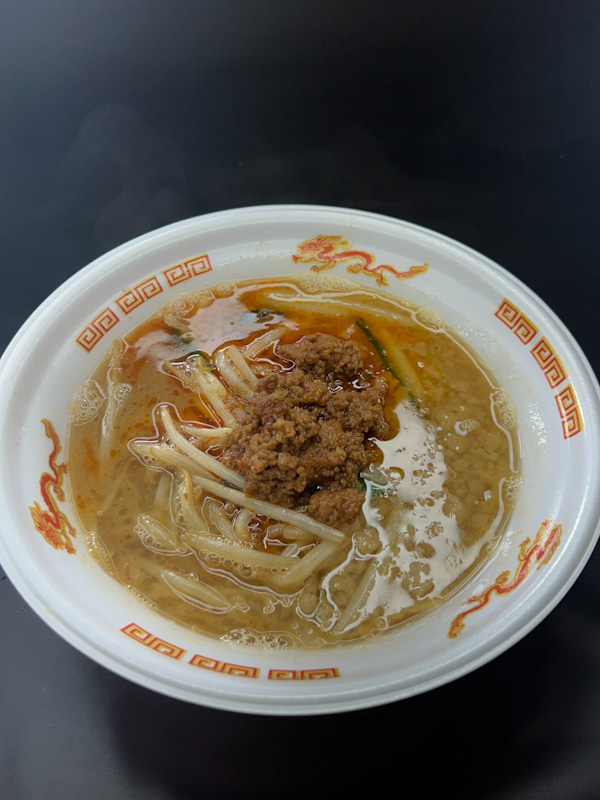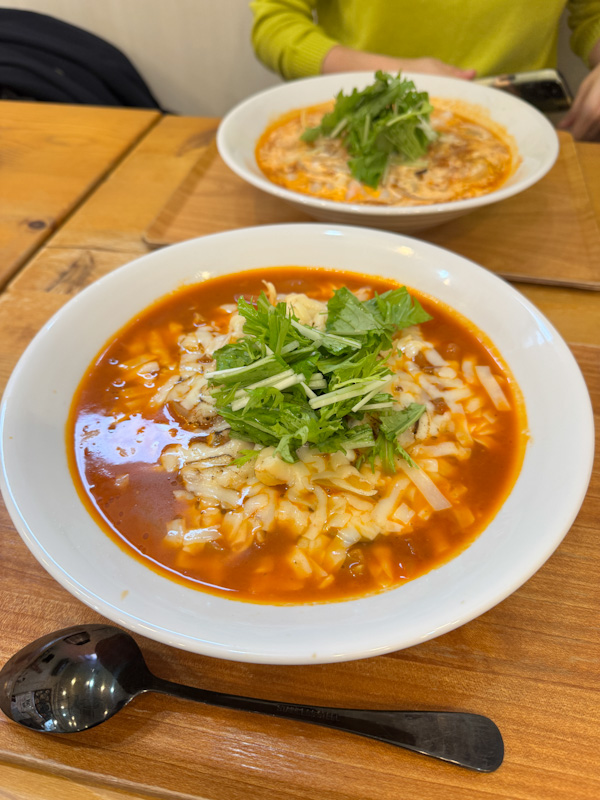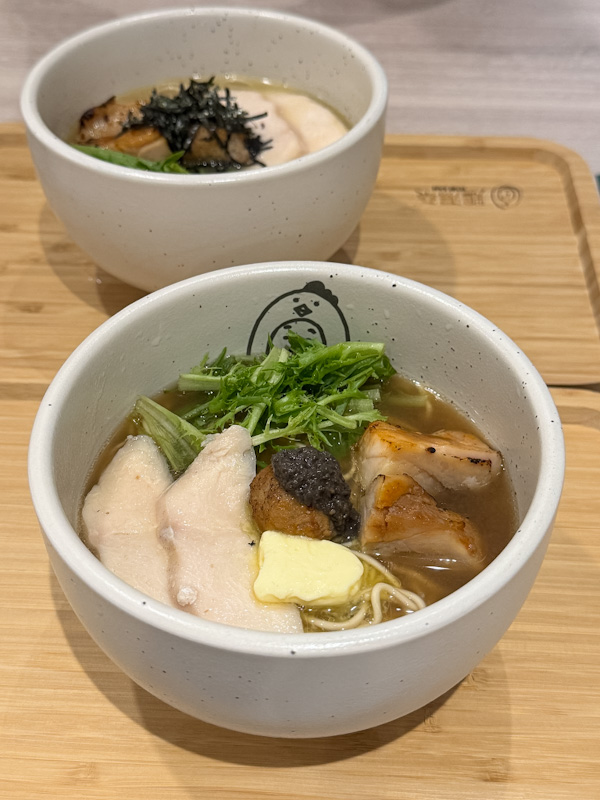Yakizakana Ramen | Singapore | 70/100
Tucked inside PSA Tanjong Pagar Complex at 7 Keppel Road, Yakizakana Ramen brands itself as Singapore’s first grilled fish ramen shop, a little ramen bar where fire and seafood sit at the centre of the story rather than pork alone. From the name (“yakizakana” literally refers to grilled fish) to the open-flame imagery plastered across its site, everything here orbits that idea of char, smoke and the sea coming together in one bowl.
Yakizakana Ramen | Singapore | 70/100 Read Post »

